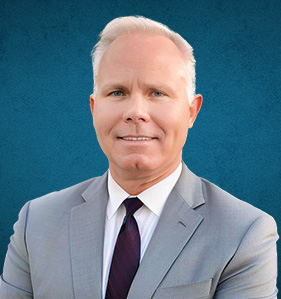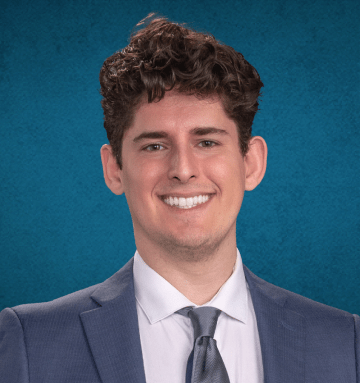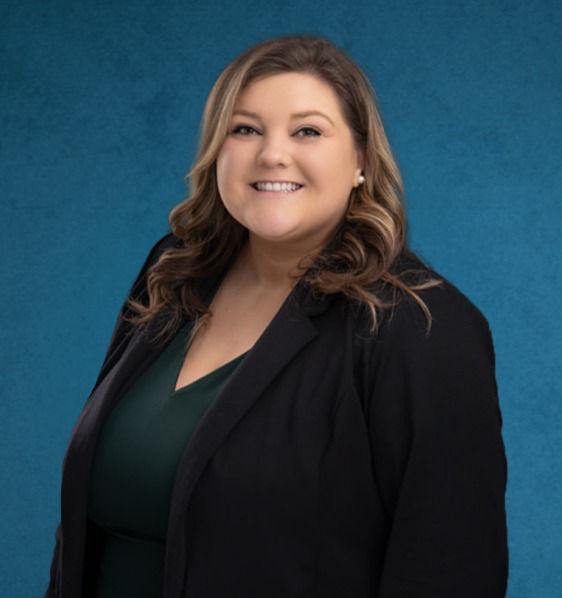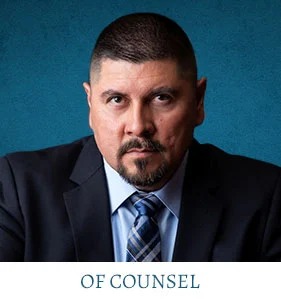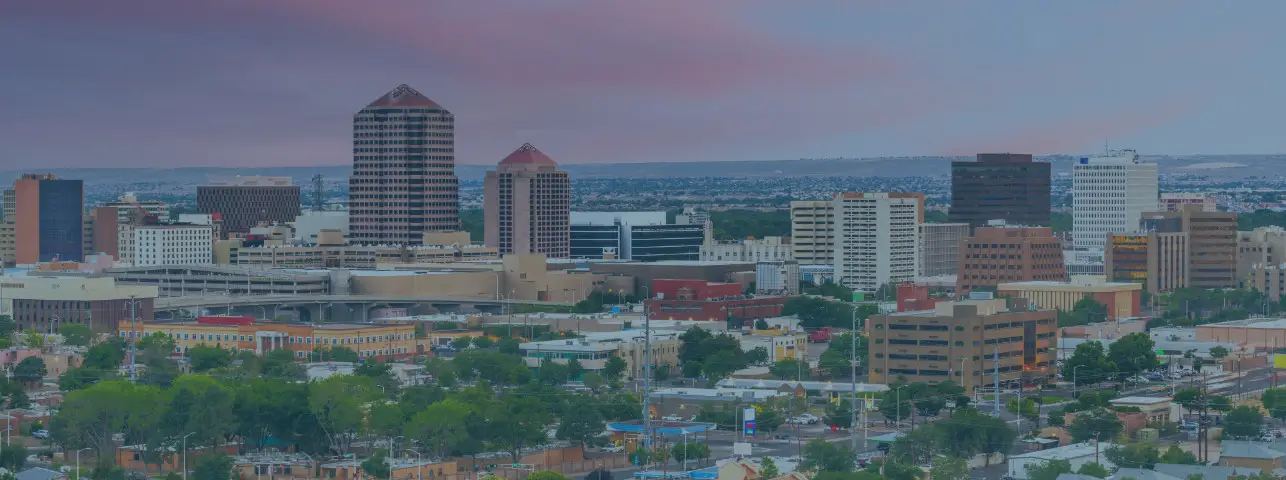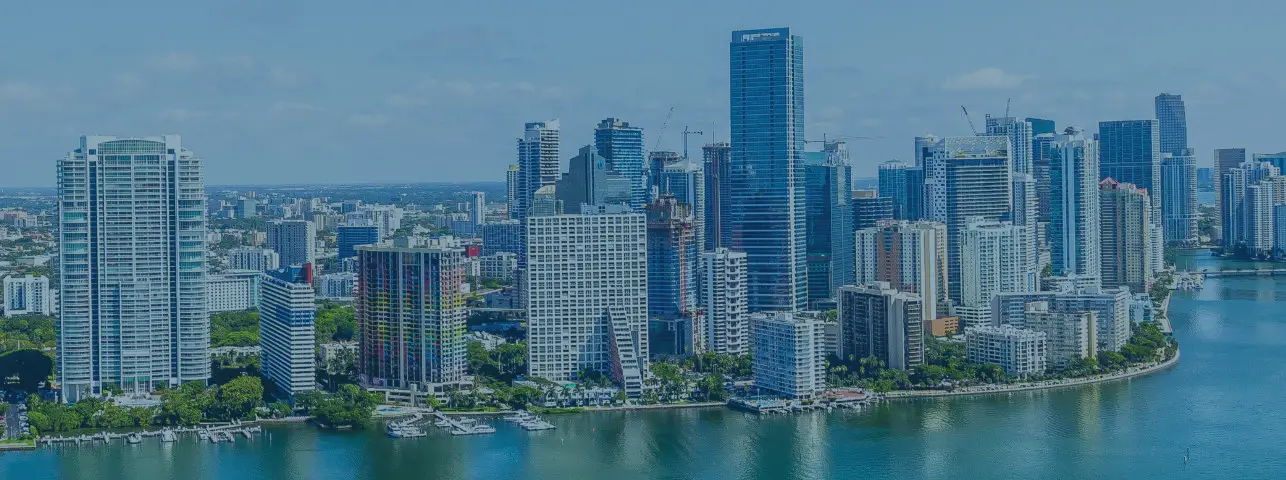Handling Cases Nationwide
If you live in a gated community or a condominium complex, your community or complex may have a community pool that is owned and maintained by a homeowner’s association. Many residents of these communities and complexes may feel as if their homeowner’s association dues are being wisely spent on maintaining the pool and creating a safe and fun environment for the residents and their families. Unfortunately, this is not always the case. In fact, for young children statistics show a drowning or near-drowning incident is more likely to occur at a home or residential pool than at a lake or beach.
When you or your loved one have been injured in a drowning or near-drowning at a homeowner’s association-owned pool, there may actually be several individuals or entities responsible for the accident. At Zinda Law Group, we will investigate the facts and circumstances that caused the incident and work with you to hold those who contributed to the incident responsible for their actions.
The General Rule: Property Owner is Responsible
The law recognizes that, in general, a property owner is responsible for dangerous or hazardous conditions that exist on his or her property. The property owner typically must either correct the hazardous condition or take steps to warn and protect lawful visitors from the danger. In cases of swimming pools (which can attract the attention of children), the property owner must take additional steps to prevent children from accessing the pool on their own. All of these duties generally require a homeowner’s association that owns a pool for the benefit of its residents to:
- Ensure the pool is constructed in a reasonably safe manner;
- Sidewalks and other walkways are constructed in a sound manner and are kept in good repair;
- The swimming pool is properly maintained with safe levels of pool chemicals, is kept free of dangerous debris, and that pool drain covers are in place;
- If lifeguards are hired, that the lifeguards are properly trained and certified and have the tools necessary to perform their jobs;
- If lifeguards are not present, that appropriate signs are in place informing guests that there are no lifeguards; and
- That appropriate fences and gates are erected around the pool so that children are not able to access the pool unaccompanied.
Who Else Might be Responsible for My Injuries?
When a homeowner’s association does not take its responsibilities as a pool owner seriously and injuries result, the injured person can sue the association for compensation. But there may be other people at fault in addition to the association, including:
- Construction personnel who constructed the pool or fence;
- Maintenance personnel who serviced the pool;
- Other residents who leave the gate open, allowing children to access the pool; and
- The manufacturer of pool chemicals used to maintain the pool.
If it appears that any one of these individuals or entities might have contributed to the drowning or near-drowning incident, they too many need to be made a party to your lawsuit for compensation. If you fail to file suit against all of the parties responsible for your injuries, you may be unable to bring a lawsuit against them later.
Zinda Law Group is Here to Help
Homeowner’s associations, like other property owners, will attempt to limit their legal liability following a drowning or near-drowning accident. Most associations will want to settle your case for as little as possible rather than engaged in lengthy and costly litigation. Our skilled water injury lawyers at Zinda Law Group want to help you fight for your rights and protect your legal interests. In so doing, we will evaluate your case to determine who bears responsibility for the incident. If a settlement is offered, we can help you understand the terms of the settlement and whether settling your case is in your best interests. Contact us today at (800) 863-5312 for assistance.







